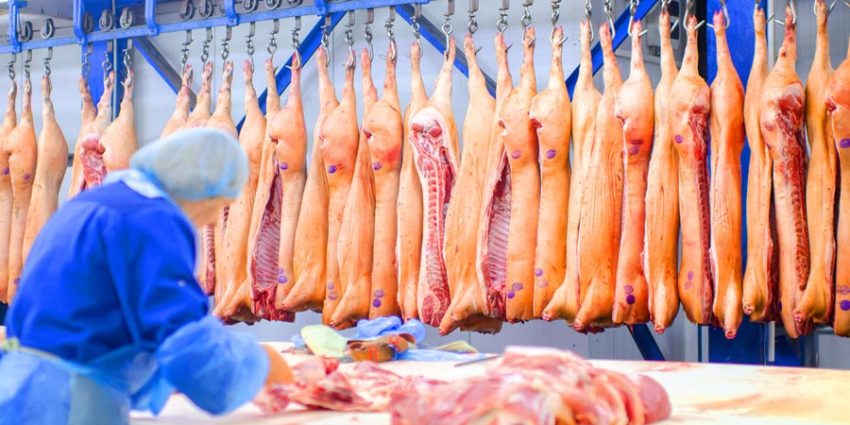Welcome to the cutting edge—literally! The right knife doesn’t just complement your skill in meat processing; it amplifies it, enhancing safety, efficiency, and the quality of every slice. With the myriad knives available, each designed for specific tasks in meat processing, choosing the right one can be as critical as the cut itself. This guide will walk you through the various knives necessary for different tasks, helping you make informed decisions about the best tools for your needs.
Understanding Different Types of Meat Processing Knives
Let’s start with the basics. Whether you’re deboning chicken or slicing through a whole ham, the right knife can make all the difference:
- Boning Knives: Slim, with a flexible blade for getting close to bones, perfect for meats like poultry and fish.
- Cleavers: Hefty and durable, designed for chopping through meat and bone with minimal effort.
- Carving Knives: Long and thin, ideal for making clean cuts through cooked meats, ensuring beautiful plating every time.
Visuals of each knife type will not only help you distinguish them at a glance but also appreciate the specific design features tailored to different cutting tasks.
Matching Knives to Meat Types
Matching the correct knife to the type of meat ensures precision in your cuts:
- Poultry: Use a boning knife for removing bones and a carving knife for slicing the cooked bird.
- Beef: A cleaver can handle the tougher textures, while a carving knife will help in creating perfect steak cuts.
- Pork: Opt for a boning knife for detailed cuts around bones and a cleaver for portioning out chops.
Understanding the relationship between the knife and the cut will not only improve your efficiency but also enhance the presentation and quality of the meat.
Considerations for Knife Selection
Selecting a knife goes beyond its type. Consider ergonomics and materials for the best cutting experience:
- Handle Comfort: Ensure the handle feels comfortable, reducing strain during prolonged use.
- Blade Material: Opt for high-quality stainless steel for its durability and ease of maintenance.
- Weight and Balance: A well-balanced knife feels like an extension of your hand, making cutting smoother and safer.
Care and Maintenance of Knives
A well-maintained knife is a long-lasting knife. Regular sharpening and proper storage are essential:
- Sharpening: Use a whetstone or honing rod to keep your knives razor-sharp.
- Cleaning: Clean knives immediately after use to prevent corrosion; dry thoroughly before storing.
- Storage: Use a knife block or magnetic strip to keep knives organized and safely out of the way.
Advanced Tips for Professionals
For the seasoned meat processor, investing in high-quality knives can revolutionize your workflow:
- Advanced Techniques: Explore advanced cutting techniques that utilize the unique features of specialized knives.
- Investment in Quality: High-quality knives can enhance precision in cuts, reducing waste and improving presentation.
Conclusion
The right knife is more than just a tool; it’s a crucial component of your craft in meat processing. By choosing the appropriate knife for each task, maintaining your tools well, and continuously honing your skills, you can ensure safety, efficiency, and culinary excellence.
Ready to slice like a pro? Visit Mound Tool’s website to browse our extensive range of professional meat processing knives. Download our comprehensive guide on selecting and maintaining your meat processing knives, and don’t hesitate to share your knife stories or ask questions about enhancing your cutting techniques. Let’s carve a path to perfection together!

